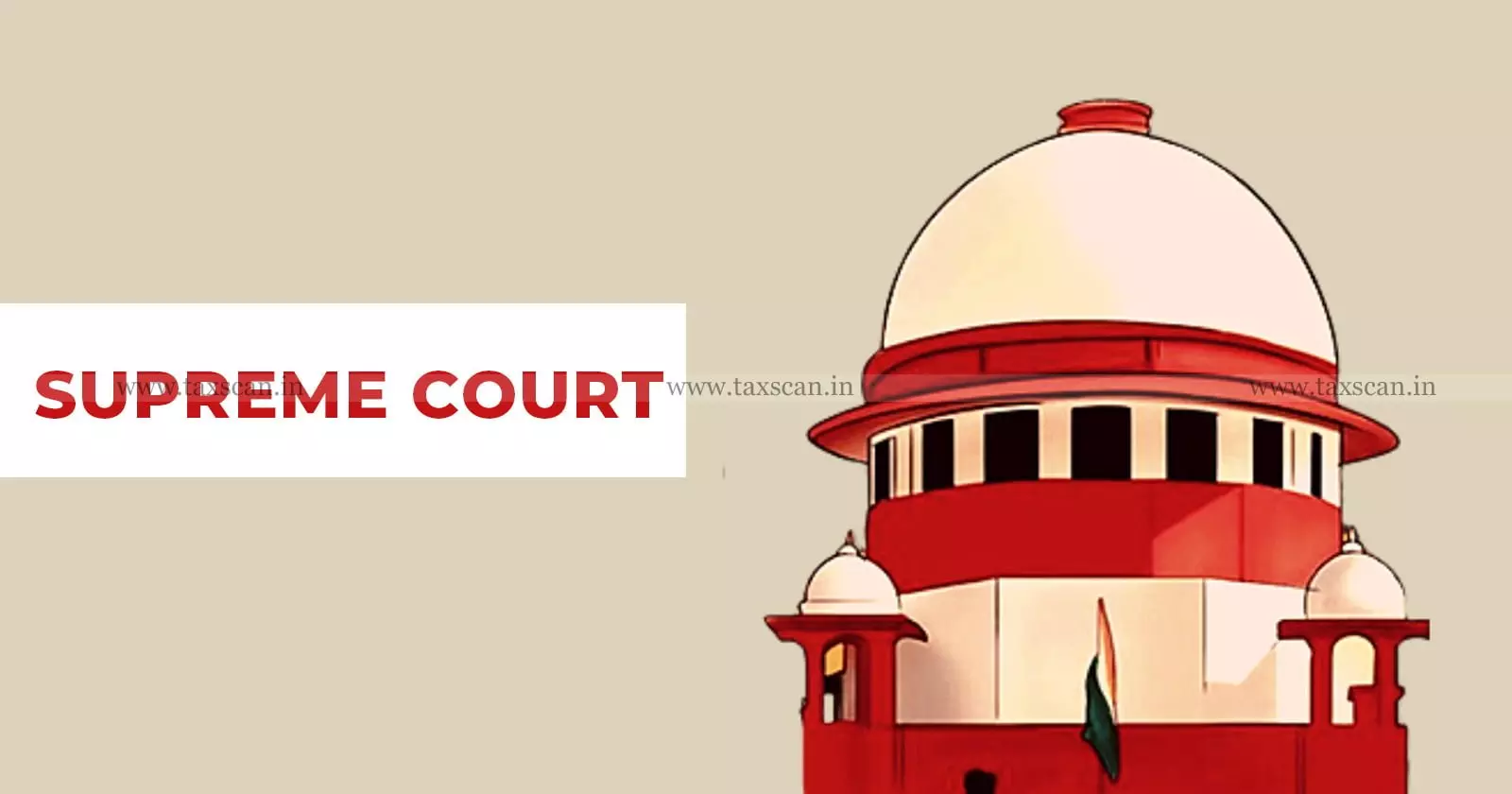Centre moves Supreme Court in Mineral Rights Case, files Curative Petition against Verdict
Centre Moves Supreme Court Again, files Curative Petition Against Mineral Rights Verdict

The Union Government has gone back to the Supreme Court, filing a curative petition to challenge the landmark nine-judge bench verdict that granted states the power to levy taxes and royalties on mineral rights. This move comes after the Centre’s earlier review petitions were dismissed.
In the July 25, 2024 decision, the Supreme Court held by an 8-1 majority that powers to impose taxes on mineral extraction and mineral-bearing lands rest with the states rather than with Parliament. The ruling overturned a long-standing position in earlier case law.
The Court also clarified in a follow-up order on August 14 that arrears from such state levies could be collected retrospectively from April 1, 2005, to be recovered over a 12-year period, though without interest or penalty.
Complete practical guide to Drafting Commercial Contracts, Click Here
The Centre argues that the judgment has several “errors apparent on the face of record” and has serious macro-economic implications. It contends that allowing retrospective state levies may burden public sector undertakings (PSUs) and private companies heavily and also distort price structures across industries reliant on minerals, such as steel, power, cement and aluminium. The Centre has urged that the judgment be made prospective only, so that its effects do not apply retroactively to past periods.
Mineral-rich states such as Jharkhand, Odisha, Chhattisgarh, Karnataka, Andhra Pradesh and Rajasthan stand to gain from the Supreme Court’s ruling. But the Centre warns that unrestrained state taxation could lead to “unhealthy competition” among states, inconsistent fiscal regimes across states, and broader economic disruption.
The curative petition is considered a rare, extraordinary remedy meant to correct gross miscarriage of justice or abuse of process after all ordinary judicial remedies (including review) have been exhausted.
3000 Illustrations, Case Studies & Examples for Ind-AS & IFRS, Click Here
Its success is uncertain. The Supreme Court has historically placed very high thresholds on maintainability of curative petitions. If allowed, the petition could reopen the question of retrospective collection and the balance between state revenue rights and national economic coherence.
Meanwhile, companies operating captive mines, state governments expecting royalty revenues, and various industries affected by raw-material costs are closely watching. The outcome could reshape both fiscal flows between Centre and states, and the cost structure for sectors dependent on mineral inputs.
The Supreme Court is likely to first examine whether the petition is maintainable before potentially admitting it for a substantive hearing.
Support our journalism by subscribing to Taxscan premium. Follow us on Telegram for quick updates


